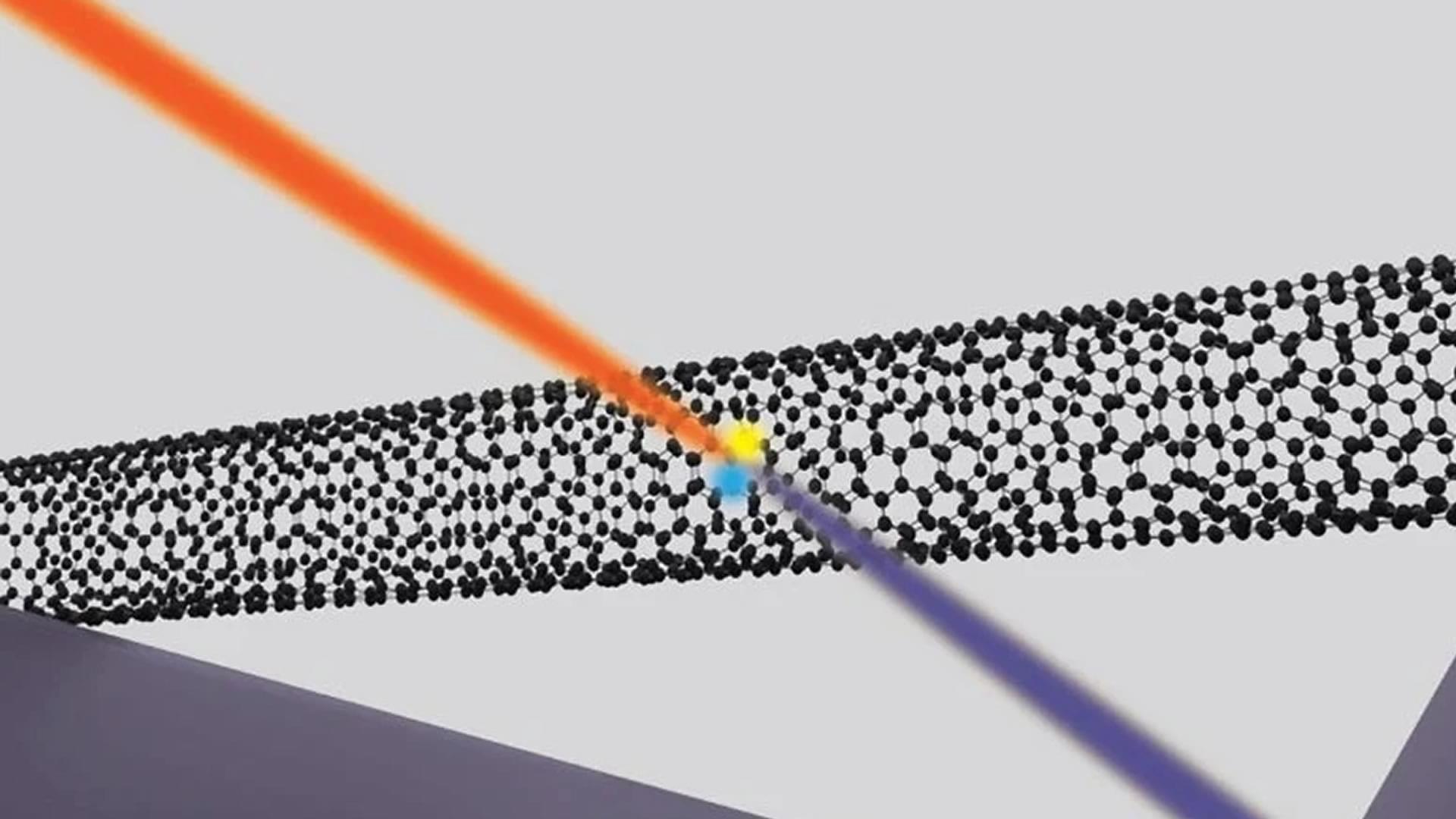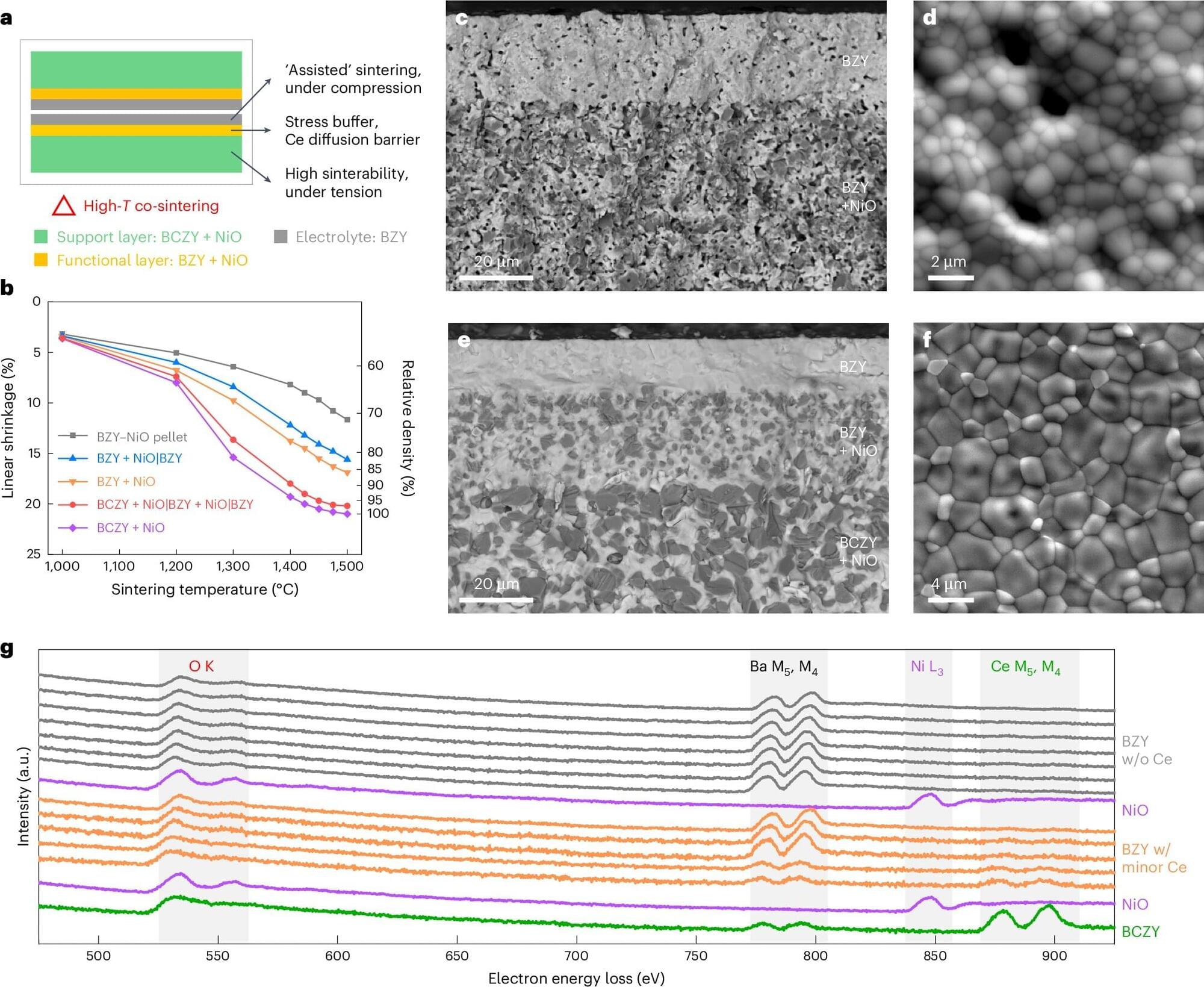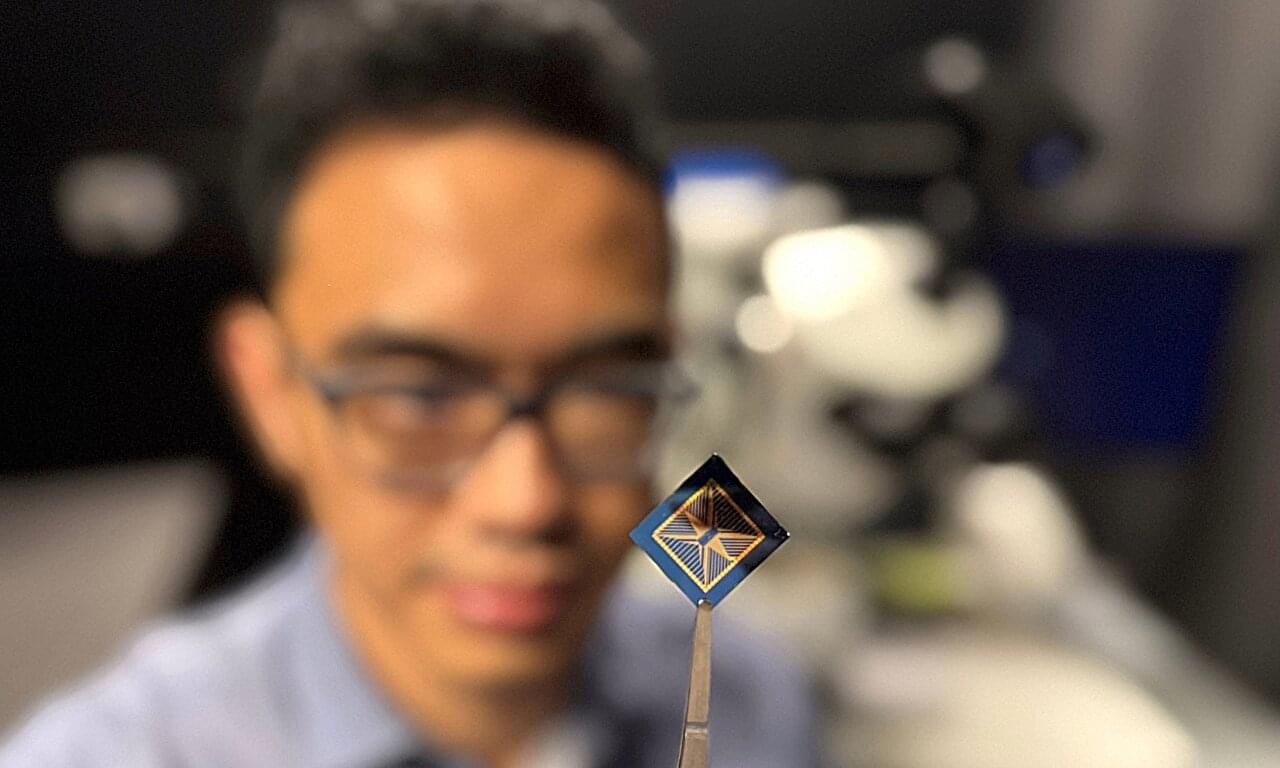The mechanism can also create better biological imaging tools to see deep inside tissues using safer infrared light. It could even cool materials with lasers, by removing thermal energy through UCPL.
“By establishing an intrinsic model of UCPL in single-walled carbon nanotubes, we hope to open up new possibilities for designing advanced optoelectronic and photonic devices,” added Kato.
What the RIKEN scientists have essentially discovered is that one does not need structural defects for up-conversion in carbon nanotubes. Instead, phonons and dark excitons do the trick. This opens up cleaner, more efficient, and more flexible designs for future energy and photonic technologies.








